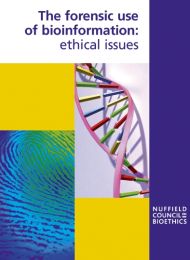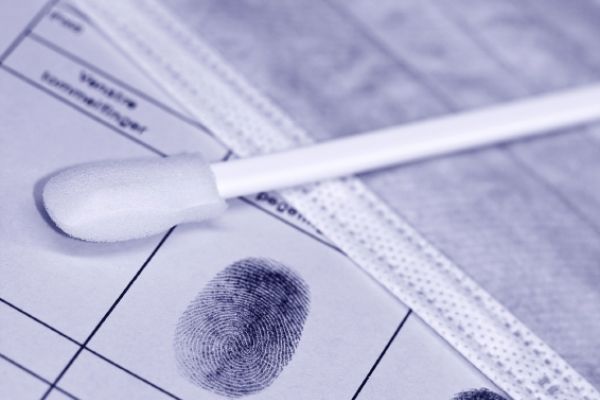The forensic use of bioinformation: ethical issues
Report
Published 19/09/2007

Bioinformation (biological information) is derived from the analysis of a range of physical or biological characteristics of a person. We focus on DNA and fingerprints, which are often used to confirm the presence of a person at a crime scene.
Fingerprinting
The fingerprint is the most commonly used method of identification. No two people have been found with the same fingerprints (including identical twins). They develop before birth and remain unchanged throughout life. Identification by fingerprints relies on the matching of patterns and the detection of certain ridge characteristics, also known as Galton details.
What is a DNA profile?
Each person’s DNA is unique (except identical twins). A complete DNA sample, taken from a cheek swab of a suspect or from blood or other biological material found at a crime scene, contains all the genetic information about a person.
In forensic science laboratories, certain sections of the DNA sample are analysed to produce a series of 20 numbers, plus a sex indicator. This is the ‘DNA profile’, which only contains information to help with the identification of a person and confirm their sex. On average, the chance of two unrelated people sharing the same complete profile of 20 numbers is around one in a billion.
The DNA sample is stored and the DNA profile is put on the National DNA Database.

Share